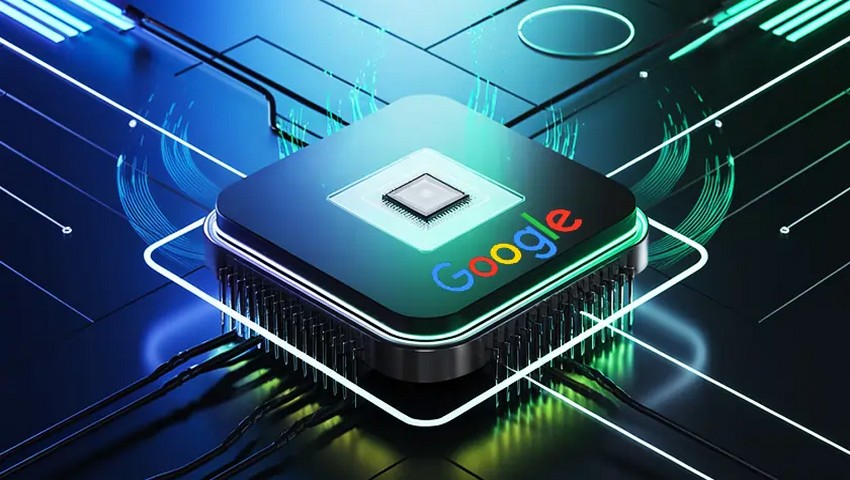
Quantum AI: Google proves its superiority
For the first time, researchers have demonstrated that a quantum computer can perform a verifiable algorithm faster than any classical supercomputer. The breakthrough, achieved with Google’s Willow quantum processor, marks a major stride toward practical, real-world applications of quantum computing: in fields ranging from drug discovery to materials science.
The team’s innovation centers on a new algorithm called Quantum Echoes, capable of probing the hidden structure of nature with unprecedented precision. Much like how sonar sends a signal into the ocean and listens for the echo to reveal what lies beneath, Quantum Echoes sends a quantum signal into a system of particles, perturbs it, then reverses time to capture an "echo" that reveals intricate quantum behavior.
This echo is no ordinary reflection. Thanks to a phenomenon called constructive interference, quantum waves amplify each other, producing ultra-sensitive measurements that reveal the structure of molecules, and even shed light on fundamental systems like magnets or black holes.
Running on the Willow chip, the Quantum Echoes algorithm achieved a computation 13,000 times faster than what would be possible on Frontier – the world’s most powerful classical supercomputer. In one test, the system simulated the geometry of molecules containing up to 28 atoms, matching and even surpassing results from traditional Nuclear Magnetic Resonance (NMR) methods used in chemistry.
This marks the first verifiable quantum advantage: a repeatable, beyond-classical result that can be confirmed by another quantum computer of similar quality – a crucial step toward scalable, trustworthy quantum computation.
Behind the breakthrough lies deep theoretical work on out-of-time-order correlators (OTOCs) – exotic mathematical tools that reveal how information spreads in complex quantum systems. When researchers applied repeated time-reversal protocols (essentially rewinding and replaying quantum dynamics), they discovered that second-order OTOCs (OTOC²) retained sensitivity to underlying physics far longer than expected.
These higher-order quantum echoes not only unveiled new insights into quantum interference but also reached a level of complexity that classical computers can no longer simulate efficiently. For example, simulating one of the 65-qubit experiments would take a supercomputer over three years, compared to just a few hours on the quantum processor.
Beyond theory, the research demonstrated a real-world application called Hamiltonian learning – a method for discovering the physical laws governing a system by comparing quantum-measured data to quantum-simulated models. In one proof-of-principle experiment, the team successfully identified an unknown parameter in a simulated molecular system, paving the way for future applications in materials design and chemical analysis.
This achievement fulfills two of the three conditions scientists define for practical quantum advantage:
- The result can be measured accurately (with a strong signal-to-noise ratio).
- It cannot be simulated classically with feasible resources.
The third – extracting practically useful insights, is already on the horizon, with potential applications in solid-state physics, biochemistry, and energy research.
As quantum hardware continues to mature, the implications are vast. The Quantum Echoes algorithm demonstrates that we are moving beyond laboratory curiosities toward quantum computers that can tackle meaningful scientific challenges, revealing the invisible patterns that shape our universe.
